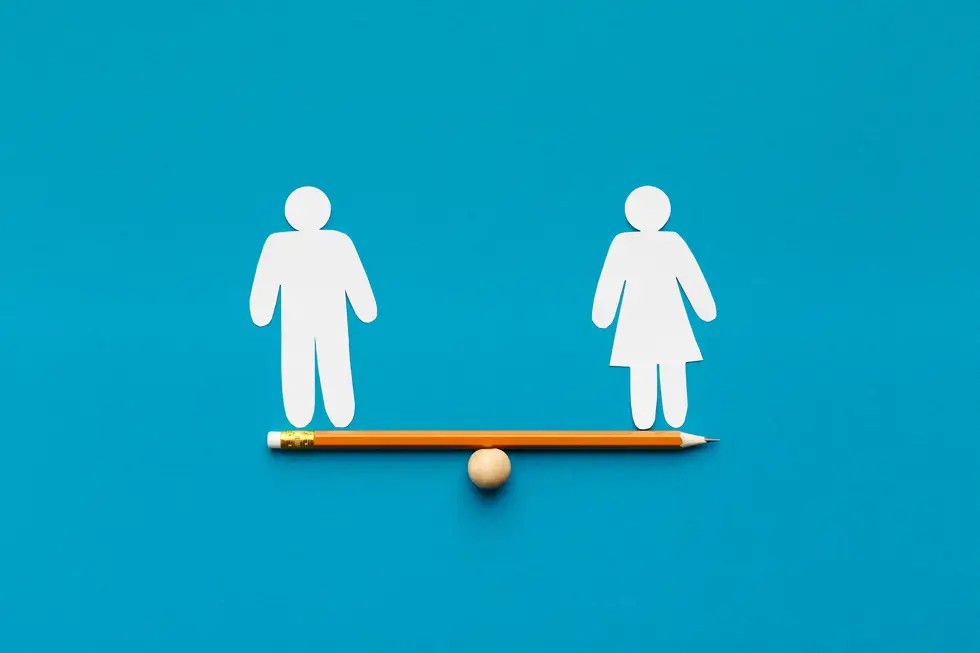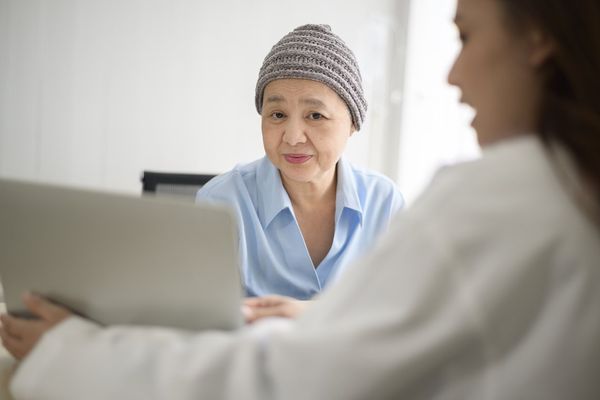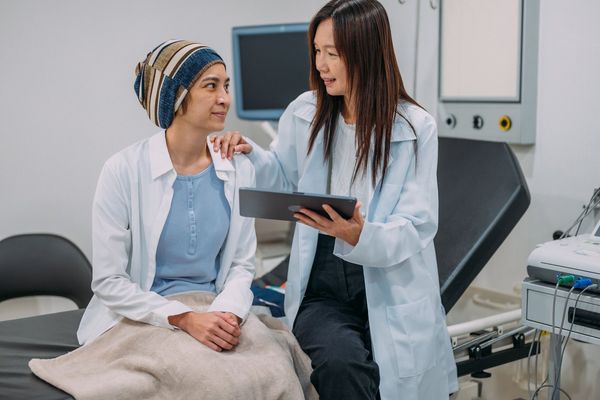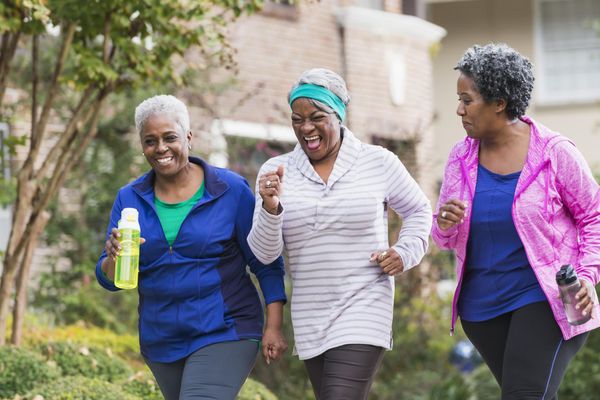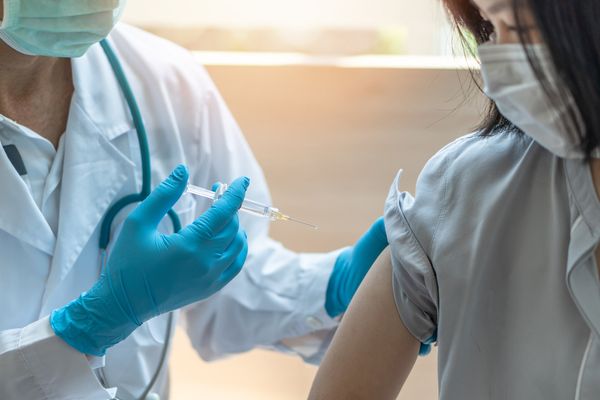In a 1977 report, the Food and Drug Administration (FDA) said that women capable of childbearing should not participate in early-stage clinical trials to determine the safety and efficacy of new drugs. Even if a woman was celibate, on birth control, or partnered with an infertile man, the FDA feared that she might nonetheless become pregnant.
Although the FDA's stated goal was to prevent harm to fetuses, many researchers also preferred to use only male subjects because they believed that women's hormonal variations might complicate the test results. The fact that drugs tested only on men were then prescribed to women was considered unimportant.
“What was generally believed was that men and women are the same except their reproductive organs," explained Phyllis E. Greenberger, HealthyWomen's senior vice president of Science & Health Policy. “Your heart, liver, and bones are the same. So trials on men could be extrapolated to women. They really believed then that women are the same as men."
That 1977 FDA recommendation was withdrawn in 1993, and five years later, the FDA began requiring gender balance in clinical studies. But there's a catch.
“Unlike federally funded researchers, commercial companies are not required to include appropriate gender balance in their clinical trials," said Dr. Monica Mallampalli, a geneticist and HealthyWomen's senior advisor, Scientific and Strategic Initiatives. That's significant, because as of 2015, federal funding represented only 22% of medical research spending.
Months into the COVID-19 epidemic, this troubling history raises new concerns as researchers race to develop vaccines and treatments. And even if researchers are committed to gender balance, women have to be willing to participate.
“Since I started this 30 years ago, there's a lot more focus on clinical trials. And more effort to get women in. That's encouraging but we're not there yet," Greenberger said.
Why it's critical that women join the COVID-19 trials
"Lack of enough women, particularly minority women, participating in clinical trials can skew research data towards men," Mallampalli said. "Essentially, not being able to analyze data by sex, age and race/ethnicity will not ensure adequate treatment for a given population, and this can lead to health inequity."
One difference between women and men with respect to COVID-19 is already clear. Although women and men contract COVID-19 at similar rates, men are more likely to die of it. There are also racial and ethnic disparities to COVID-19: Nationally, Blacks are dying from the disease at twice the rate that their population share would indicate, according to the Covid Tracking Project. In some states, the rate is three or more times higher.
While researchers are in the early stages of learning how men and women may react differently to COVID-19 and to vaccines and drugs, Mallampalli explained, they do know that women's immune responses are more intense than those of men. Studies of flu vaccines, for example, show that women generate far more antibodies than men do in response to the same dose.
The need for women in clinical trials
Ordinarily, the lengthy process of obtaining FDA approval for a vaccine or drug requires three phases of clinical trials in humans.
Phase I enrolls volunteers to test for safety and side effects. In phase II, volunteers test the effectiveness of the treatment. Phase III tests for such things as optimum dosage, effectiveness as compared with other drugs, and drug interactions.
Typically, this process may take many years, although exceptions can be made to expedite the trials of drugs that seem to be performing especially well.
In an effort to speed the development of COVID-19 vaccines and drugs, the National Institutes of Health (NIH) has created a partnership of federal agencies and pharmaceutical companies. Known as the Accelerating COVID-19 Therapeutic Interventions and Vaccines (ACTIV) program, it seeks to promote the sharing of knowledge and resources.
NIH's announcement of this public-private partnership makes no mention of requiring pharmaceutical companies to include gender balance in their clinical trials. Still, Mallampalli pointed out, the first injection of a new COVID-19 vaccine was given to a woman, Jennifer Haller, in a widely publicized event.
But, Mallampalli added, "We don't know the sex of the other 44 participants. Has there been an equal representation of women and men in the vaccine trial? If so, will the data also be analyzed based on sex, age and race/ethnicity so we can glean more information on the efficacy or safety of the vaccine? Since the first trial had only a smaller number of participants and may not represent much diversity, larger trials should take these factors into consideration."
One obstacle to the participation of women, Mallampalli suggested, may be that many clinical trials do not provide resources that are particularly important to some women, such as financial assistance, flexible hours and child care.
"When women are juggling many responsibilities between work and family, they may feel that they don't have time to participate in a clinical trial," she said. Nonetheless, she urged, "Take part in studies when you can. We really need data on women."

